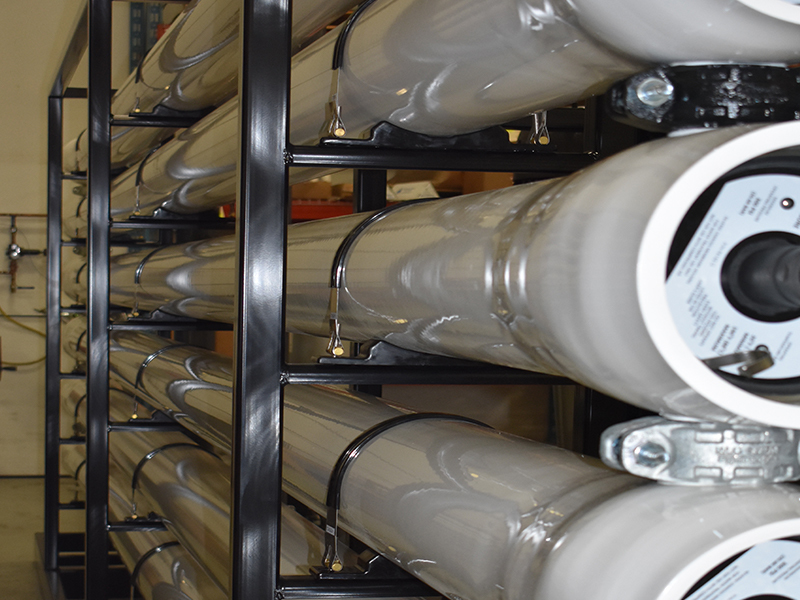Part way through construction at renewable energy plant in Iowa, it was determined that city wells could not deliver the freshwater volume that the plant would need for operation. The plant faced two options: cease construction or find a secondary water source that would enable the facility to meet their water needs.
The city offered a solution, offering to provide the biofuels plant enough reclaimed water to account for the difference between the freshwater supply and the total amount of water the plant required for operation. Reclaimed water is water that is adequately treated to meet “fit-for-purpose specifications” for a particular next use. In this case, the water would be used to provide make-up water for the cooling towers. Reclaimed water is being considered more often as demand on freshwater resources increases. However, reclaimed water is not without challenges. For example, different chemical and equipment treatment requirements to achieve source quality can be a challenge. The treatment recommended need to ensure you can meet environmental, public health, and specific user needs.
Kurita America was asked to design a treatment system to further treat the reclaimed water for use in the plant’s cooling tower. The solution was a two-step water treatment system, utilizing microfiltration and reverse osmosis technologies. The first step to this treatment process is microfiltration. The microfilter used in this plant has a pore size of 0.1 microns, filtering out suspended matter and bacteria.
Other filtration systems can achieve this level of solids removal, but most can’t stand up to the repeated cleaning required when processing reclaimed water.The second treatment step is reverse osmosis (RO). During this process, pressure forces water through a series of semi-permeable membranes. As water passes through each membrane, most dissolved solids are filtered out, and the clean water, also known as the permeate stream, drains into the center of the membrane. The permeate water is used as the process water for the plant while the concentrate stream, containing the rejected minerals, is sent back to the city without ever touching the facility’s processes.
Using reclaimed water at the ethanol plant decreased the stress on freshwater supplies by recycling wastewater. As community demands for freshwater increase, the use of reclaimed water will become more common. A thorough analysis of the source water, understanding of needed water quality, and a careful design of the treatment system are critical to trouble-free operation and use.
The renewable energy plant in Iowa was commissioned in 2007 and has been operating successfully since. This facility was the first of its kind to use the technologies of microfiltration and reverse osmosis together for reclaimed water, but other Kurita America designed systems are currently under construction.

